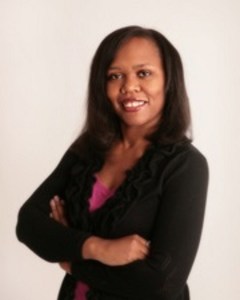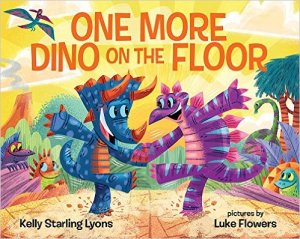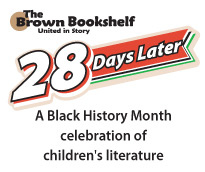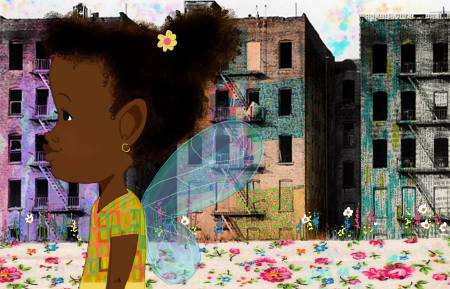This year is the fiftieth anniversary of the publication of From The Mixed Up Files of Mrs. Basil E. Frankweiler by E.L. Konigsburg (Atheneum, 1967). I’ll bet the majority of people stopping to view this post have a memory or two connected to their first reading of the beloved classic. As a New York City kid (Brooklyn, really), I was fifteen when I first began visiting the Metropolitan Museum of Art where most of the story takes place. The idea that Claudia Kincaid, a month away from twelve, and her brother Jamie, age nine, had run away to live secretly inside the “Met,” was delightful—and infuriating! Why hadn’t I ever thought of that?
Reading ‘Mrs. Frankweiler’ again, after I’d published a few children’s books of my own, prompted a different thought–“How in the world did E.L. Konigsburg ever get her editor to accept such a long title?”
I still go to the Met when I can. These days I think of it as my “Breakfast at Tiffany’s”; the calm, orderly place where nothing bad can ever happen. But sometimes, out of the corner of my eye, I catch a glimpse of a child’s knee or elbow behind a Greek funerary urn and the place takes on a more adventurous air. And when I need a dose of the author’s fine sense of gumption and wonder, I take out the autographed copy I snagged at a long-ago writer’s conference, and reread it straight through.

Seven years ago, the writers and readers who formed our group named it after E.L. Konigsburg’s unforgettable book. Our goal was, and still is, to bring “awareness, enthusiasm, and celebration” to middle grade works like From the Mixed Up Files of Mrs. Basil E. Frankweiler. Here some of us share recollections of how we felt when we first read the story. I invite you to submit your memories, as well.
Rosanne Parry: I really connected with Jamie Kincaid because I too have a bossy big sister and he was a bit of a card sharp. Around the time I read the book I also learned to play poker and had a brief torrid affair with gambling in elementary and middle school. Apparently I out grew it because I haven’t gambled in years. I also really loved that they planned their running away in such detail. I had quite a lot of freedom to roam growing up in the 70s, so I remember by the time I was 9 or 10 taking solo excursions to the library and science museum and zoo on the city bus. And because of the book I was always looking for places where a kid could hide and live outside the notice of grownups. The idea appealed to me a lot.
Tricia Springstubb: I didn’t go to a museum till I was in college, but what child doesn’t have fantasies (good and terrifying) of being locked in somewhere overnight? (Mine were of the library.) I was a bossy sister myself, with two younger brothers, but had none of Claudia’s daring. How I admired her ingenuity! I remember especially the little royal bed (was it Marie Antoinette’s?) By now I’ve been to the Met dozens of times, yet it still holds mystery and the promise of the undiscovered. I love watching its kid visitors!
Dorian Cirrone: I grew up in South Florida where there were no big museums and very little reliable public transportation. So even though I was older when I read the novel, I was still amazed and kind of jealous that kids the ages of Claudia and her brother could actually get somewhere without their parents driving them. When I was seventeen, I visited New York City for the first time. Since then, I’ve been to the Met dozens of times. And I’m sure I still haven’t seen everything there.
Julie Artz: This book, like The Lion, The Witch, & the Wardrobe, and Harriet the Spy, became an instant favorite of mine when I first read it in elementary school. The feeling of freedom and independence that book gave me came back each time I did a lock-in throughout middle school and high school–being in a big empty building at night, escaping reality (and parental supervision) for a few precious hours before having to go back to real life always felt like such a huge adventure.
Sean Easely: I remember reading this book in my third grade teacher’s class. Mrs. Weeks was the elementary teacher who understood my ADHD/hyperactive/falling-out-of-my-seat-bored self better than any other. She taped a list of projects for me to undertake whenever I finished my work before everyone else, and one of those was to read about the kids going crazy in the MET. I remember feeling like them, like I saw things that other people didn’t see, and that the freedom to look at things in different ways (like when you’re hiding out where you’re not supposed to be) was exactly what I needed to do something really, really cool.
T.P. Jagger: I must confess that I didn’t read FROM THE MIXED-UP FILES… as a kid. However, when I started teaching fourth grade, I found a copy of the book in my classroom. It ended up making a wonderful end-of-the-day classroom read-aloud!
Michele Weber Hurwitz: Somehow the book passed me by as a kid, but I read it as an adult in a mother-daughter book club. I was an aspiring middle grade author at the time and I remember the story prompted so many unique opinions among the girls, mostly about whether they’d run away or not 🙂 Listening to their varied thoughts about the plot and characters helped me realize how readers see things differently!
Valerie Stein: .Mixed-Up Files was one of those books I read and re-read between 4th and 6th grades. When I needed that great, kind of brainy writing that appealed to me, the misfit, it was the perfect book.
Heather Murphy Capps: My first time reading MUF was on summer vacation in the back of a car when I was in maybe 5th grade?. The hatchback part, behind the back seat — which tells you how long ago it was! I was so enthralled, I coulnd’t stop thinking about the adventure of planning and executing the perfect runaway — and so I did exactly that. Urged on by me, my sister, the two sons of our traveling companions, and I all snuck out of the house we were staying in — at about 5 in the morning. We wandered the neighborhoods of the small town, perfectly safe. VERY LUCKY!! And the adventure was glorious. When a local policeman returned us to the house shortly after, I had a hard time feeling anything other than victorious — which I don’t think is exactly what Ms. Konigsburg intended when she wrote the book!!
Annabelle Fisher is the author of THE SECRET DESTINY OF PIXIE PIPER (Greenwillow/HarperCollins) and the forthcoming sequel PIXIE PIPER AND THE MATTER OF THE BATTER (release date: 5/30/17).








